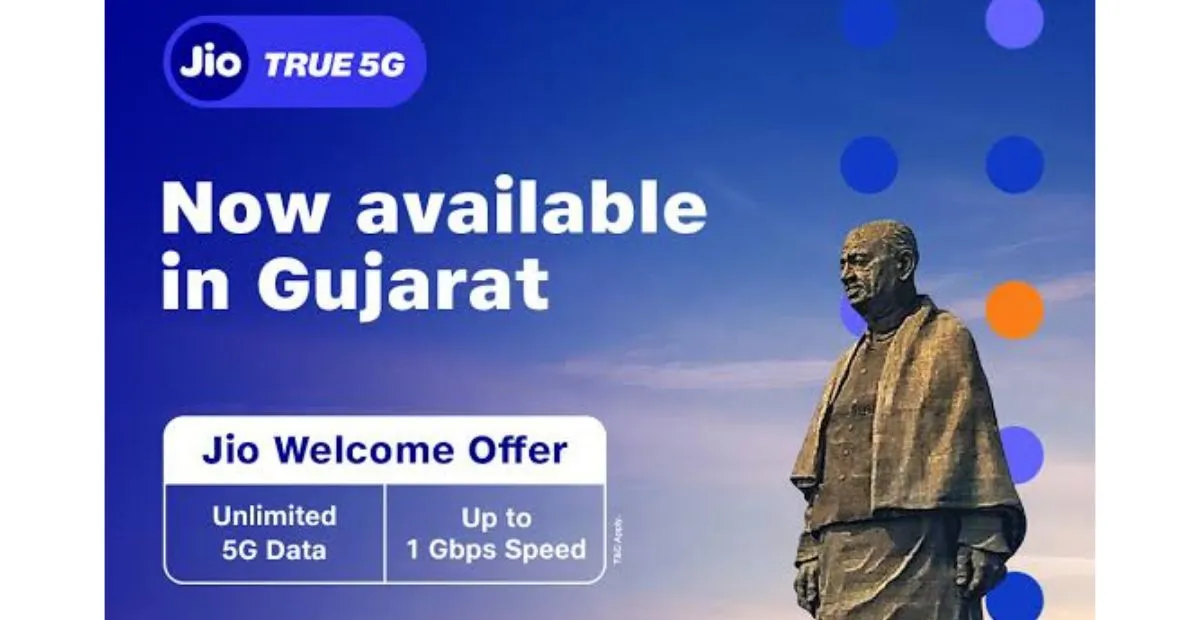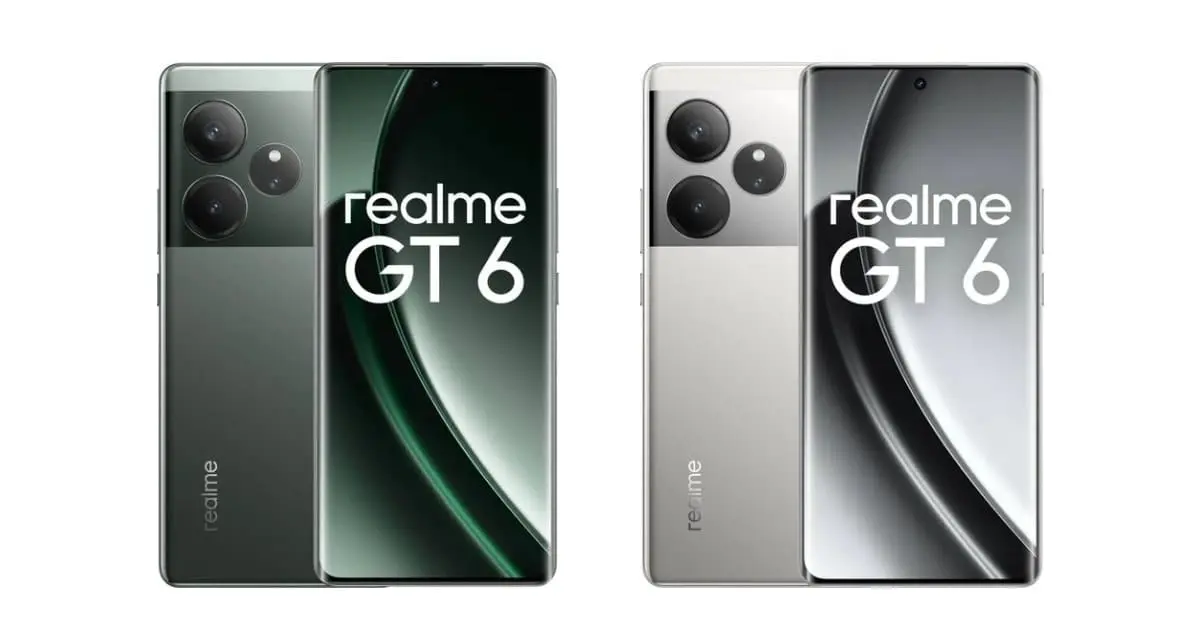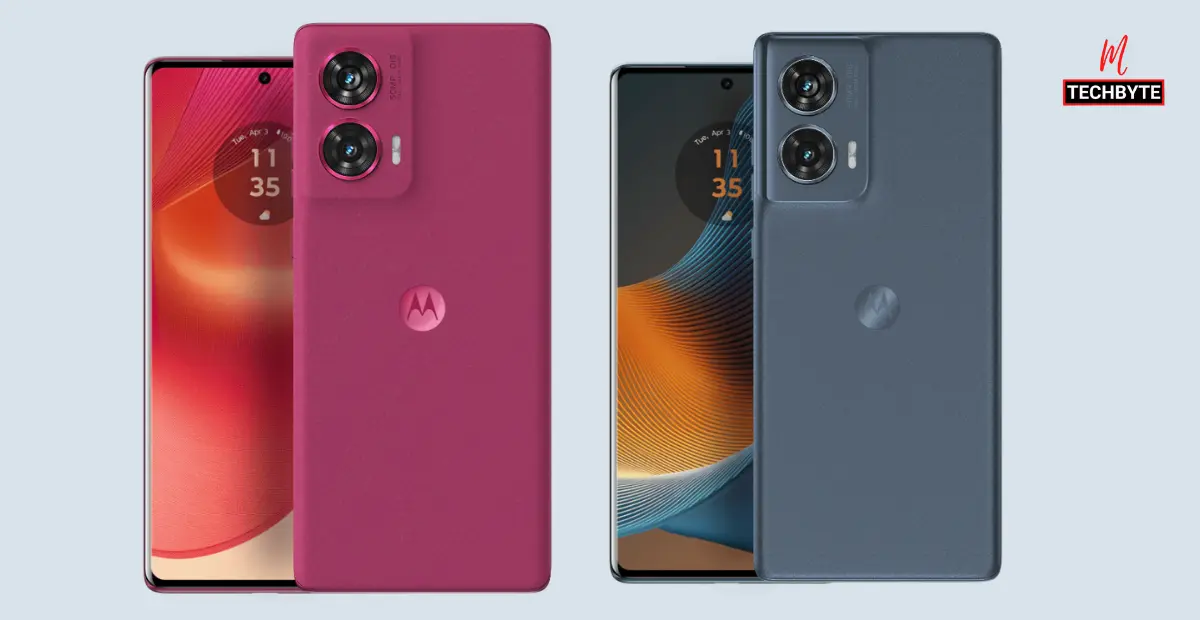6G is the new global standard of wireless technology after 5G and many countries have already started working on this next-generation wireless technology. In India as well as many developing countries, 5G commercialization is still in its initial stage and it will take at least one to two years for mass rollout, but many telecom companies of the developed country have aggressively working on the research and development of 6G technology.
As we know, the main focus of 1G & 2G was on voice and text message while in 3G concentrated multimedia, browsing, and surfing. The fundamental shift to massive growth in data consumption came in the 4G era via online streaming, and OTT platforms, the 5G is focused on industrial automation systems and connecting the Internet of Things (IoT), and 6G will focus on the interconnection of physical, biological, and digital worlds.
As we saw earlier, every new generation network has many advantages over the previous generation network, taking this forward It is claimed that 6G has a 50 times faster speed (upto 100 Gbps peak data speed) and less than one-tenth the latency (upto 100 microseconds) than 5G. In this article, we try to provide a comprehensive overview of various aspects related to 6G.
Table of Contents
What Is 6G?
6G stands for Sixth-Generation cellular network technology. it is a new global wireless standard after 5G and it will provide interconnection of physical, biological, and digital worlds. 6G will help us redefine how we live, work, and take care of our planet.
6G enables a new kind of network that is designed to connect virtually everyone and everything together including machines, objects, and devices. It comes with improved efficiency extended capabilities and improved user experience than its predecessor. 6G wireless technology is meant to deliver higher multi-Gbps peak data speeds, ultra-reliable low latency, massive network capacity, increased availability, and a more uniform user experience to more users. Higher performance and improved efficiency empower new user experiences and connect new industries. It is claimed that 6G has a 50 times faster speed (upto 100Gbps peak data speed) and less than one-tenth the latency (upto 100 microseconds) than 5G.
Why do we need 6G?
The future of connectivity is in the creation of digital twin worlds that are a true representation of the physical and biological worlds at every spatial and time instant, unifying our experience across these physical, biological, and digital worlds will require an enormous amount of capacity at low latency.
In recent research, it is expected that the number of connected devices will reach 500 billion by 2030. This exponential growth of advanced technologies and devices such as artificial intelligence (AI), robotics, augmented reality (AR), virtual reality (VR), holograms, self-driven vehicles, robots, drones, home appliances, smart sensors, and factory equipment will lead to massive growth data consumption will usher in unprecedented paradigm shifts in the wireless communication.
How 6G will work?
Like predecessor generation, 6G will also build on previous generation infrastructure and utilize existing available spectrum blocks as well as new pioneer spectrum blocks in a more efficient and intelligent manner with help of advanced extreme MIMO antenna, Artificial Intelligence(AI), and Machine learning(MI).
Every new generation requires some new pioneer spectrum that helps fully exploit the benefits of new technology. The new pioneer spectrum blocks for 6G are expected to be:
• New mid-spectrum at 7–20 GHz for urban capacity
• New low spectrum at 470–694 MHz for extreme coverage
• New THz spectrum beyond 90 GHz for the highest peak data(100Gbps) rates and sensing
As we know to increase the cell capacity we need more spectrum and higher spectral efficiency systems with larger antenna arrays and new radio specifications. The same approach is continued in every generation mobile network like 0.2 MHz carrier bandwidth utilized in 2G similarly, 5 MHz in 3G, 20 MHz in 4G, and 100 MHz in 5G. in the same way 6G will scale up to 400MHz bandwidth i.e, 4x increase in spectrum bandwidth.
At the same time, the spectral efficiency has improved substantially mainly through the use of more antenna
elements in 4G we use 2×2 MIMO and 4×4 MIMO, 5G utilizing massive MIMO with up to 200 antenna elements and up to 64 TRXs. taking this forward, 6G will utilize advanced extreme MIMO with 1024 antenna elements and up to 512 TRxs. Using very narrow beams in extreme MIMO antennas, which will allow large numbers of devices to be multiplexed in the same cell using the same time-frequency resources will increase the average spectral efficiency from 10 bps/Hz to 50bps/Hz i.e, 5x increase spectral efficiency.
The 4x increase in spectrum bandwidth and 5x increase in spectrum efficiency will overall increase the capacity of 6G by 20 times over 5G.
What is key application of 6G?
The key 6G services will emerge due to advances in communications as well as other technologies such as sensing, imaging, displaying, and AI. Those new services will be introduced through hyper-connectivity involving humans and everything and provide the ultimate multimedia experience. The three new key 6G services, namely, truly immersive extended reality (XR), high-fidelity mobile hologram, and digital replica.
What is Truly Immersive extended reality(XR)?
Extended reality (XR) is a combination of VR, AR, and mixed reality (MR). XR is a new term that attracted great attention and opened new horizons in medicine, science, entertainment, manufacturing industries, and education fields. For example, current AR technology requires 55.3 megabits per second (Mbps) to support 8K display (with one million points), which can provide enough user experience on a mobile display. However, in order to provide truly immersive Augmented reality (AR), the density should be substantially improved and it will require 0.44 Gbps throughput with 16 million points. Similarly, XR media streaming may have similar demand for 16K VR requires 0.9 Gbps throughput (with a compression ratio of 1/400). The current 5G data rate is not sufficient for seamless streaming of immersive XR users’ experience.
What is High-Fidelity Mobile Hologram?
A hologram is a next-generation technology for generating three-dimensional images that can present gestures and facial expressions by means of a holographic display. The hologram technology uses real-time capture, transmission, and 3D rendering techniques to display the content. In order to provide hologram display an extremely high data rate transmission, 100 times greater than the current 5G system. For example, 19.1 Gigapixel requires 1 terabit per second (Tbps). A hologram display over a mobile device (one-micrometer pixel size on a 6.7-inch display, i.e., 11.1 Gigapixel) form-factor requires at least 0.58 Tbps. Moreover, the support of a human-sized hologram requires a significantly large number of pixels thus requiring several Tbps.
What is Digital Replica?
Digital replica is a true representation of the physical and biological worlds at every spatial and time instant. With the help of advanced sensors, AI, and communication technologies it will be possible to replicate physical entities, including devices, people, systems, objects, and places in a virtual world. This digital replica of a physical entity is also called a digital twin. for example, duplicate 1 m x 1 m area, we need a Tera-pixel, which requires 0.8 Tbps throughputs assuming periodic synchronization of 100 ms and a compression ratio
of 1/300.
What will life and our digital society of 2030 look like?
- We will use more wearable devices, like earbuds and embedded devices in our clothes. Skin patches and bio-implants will not be so uncommon or rare for people.
- The current touchscreen typing will mostly become outdated and gesturing and communicating devices will become the new norms.
- Self-driving cars, buses, trucks, etc will become available for the masses by the 2030s.
- We will see massive usages of drones and robots in various fields like hospitality, warehouses and package delivery,hospitals, and in our homes.
- Digital cash and keys may become the new normal.
- The Health care system will largely transform, with the help of numerous wearable devices and AI-driven equipment that will monitor vital parametrers and send real-time data to doctors for better understanding diagnosis and prediction.
When will 6G be commercially available?
As we all know the deployment of 5G in many developed countries is going in full swing and in many countries it is already rolled out like in japan, china, south Korea, and many more. The research focus toward next-generation 6G mobile cellular systems has begun. As we saw in past, every new generation of cellular systems comes in every ten years or so, there is a high expectation that standardization & deployments of 6G systems will be started before 2030.
When will 6G launch in India?
In India, our scientists and engineers are working on the development of 6G technology. The telecom and communication minister Ashwini Vaishnaw is confident that India will be able to roll out 6G technology by 2023-end or early 2024. 6G technology in India will be rolled out using indigenously developed hardware and software and also be exported to other countries.
But in reality, nothing like this is going to happen because in India at least it will take 2 years more to roll out 5G. We cannot expect to directly roll out 6G service without the launch of 5G as it will highly depend on 5G infrastructure. In India, even 5G spectrum auction has not taken place yet then how we expect 6G in 2024. We can expect it by 2030 or later but not before that.
India’s largest telecom operator Jio has recently entered into a pact with the University of Oulu, Finland, to accelerate the research and standardization-related activities in 6G technology.
Which country has a 6G network?
6G has not been implemented in any country yet but many developed countries aggressively working on the development of upcoming technology. According to a recent report by Nikkei China has a maximum patent of about 40.3 percent of the Global 6G patent followed by US 35.2%, Japan 9.9%, Europe 8.9%, and South Korea with 4.2 percent. In Mid January 2022, Purple Mountain Laboratories of China claimed that his research team had achieved a world record of 206.25 gigabits per second (Gbps) data rate for the first time in a lab environment within the terahertz frequency band which is supposed to be the base of 6G cellular technology.
The United State of America. is trying very hard to regain its lost ground by china in 5G technology. This time the US will not let the opportunity for generational leadership slide by so easily. The Alliance for Telecommunications Industry Solutions (AITS), launched the Next G Alliance with Apple, AT&T, Qualcomm, Google, and Samsung to leadership in 6G.
The European Union has also carried out a 6G wireless project led by Nokia, which includes companies like Telefonica SA, and Ericsson AB as well as universities.
What is the major technical challenges in 6G?
The Major technical challenges for scientists and engineers are how to overcome the severe path loss and atmospheric absorption of terahertz (THz) signals. For example, a link at 280 GHz has 20 dB additional path-loss compared to 28 GHz. To overcome these problems networks may need to be ultra-dense, deployment of ultra massive MIMO antenna at multiple base stations, not only on every street but also in each building or even each device people use to receive and transmit signals. That’s set to raise serious concerns over health, privacy, and urban design and it will be interesting to see how our scientists and engineers are able to address these concerns.
Read More: Decoding Tokenisation of card in India its benefits, charges, uses for online shopping













